What people go through in their lives (and when interacting with us).
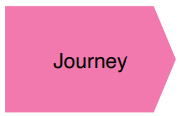
This is a part of the EDGY language.
Templates and model types in the QualiWare platform.
What people go through in their lives (and when interacting with us).

This is a part of the EDGY language.
The DatatypeProperty:owl template contains definitions, descriptions, and ontology characteristics according to the ontology diagrams which contain it. This content is synchronized at close of the diagram.
In the future, when there will be a rdf/owl (and possibly turtle and json) loader from a text source defining ontologies, these properties will be filled automatically, and the ontology diagram will also be generated.

A DatatypeProperty associates a class with a datatype, defining a property of the class . It is described with :
What we communicate to people, expressed in information and media.
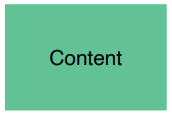
This is a part of the EDGY language.
The Class:owl template contains definitions, descriptions, and ontology characteristics according to the ontology diagrams which contain it. This content is synchronized at close of the diagram.
In the future, when there will be a rdf/owl (and possibly turtle and json) loader from text source defining ontologies, these properties will be filled automatically, and the ontology diagram will also be generated.

A class is described with:
It can be:
These five options determine the appearance of the class in the diagram.
These fields are synchronized with the diagrams which the class appears in.
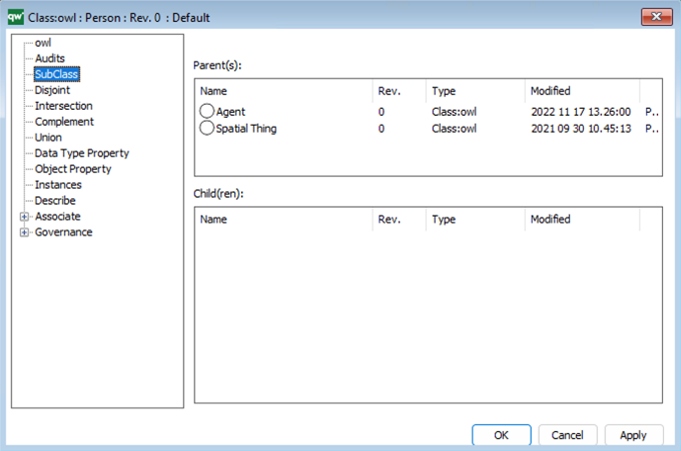
A class is part of a class hierarchy as :
These fields are synchronized with the diagrams which the class appears in, when it participates to set rules.
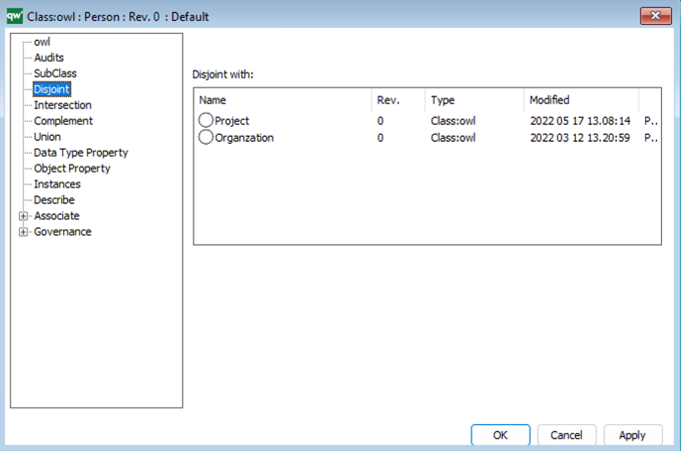
When participating to a disjoint rule, the classes which the class is Disjoint with are listed here.
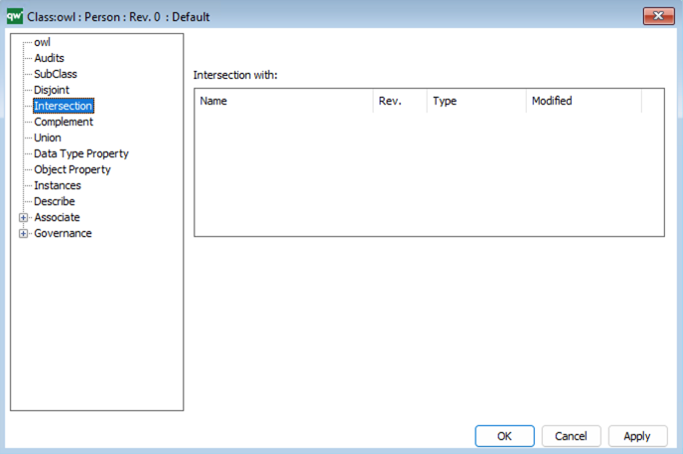
When participating to an intersection rule, the classes which the class is in Intersection with are listed here.
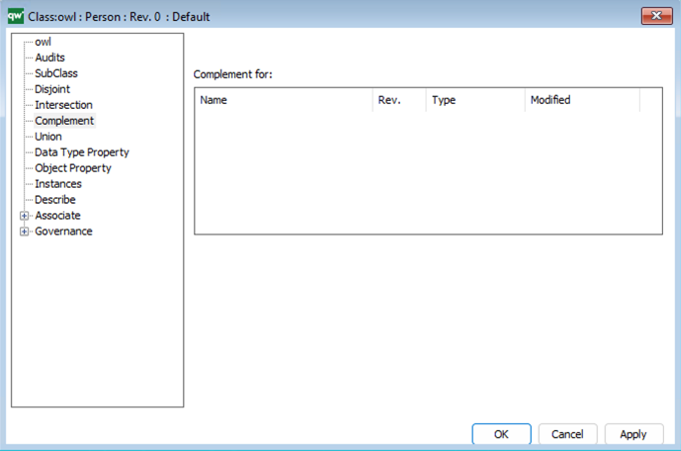
When participating to a complement rule, the classes which the class is Complement for are listed here.
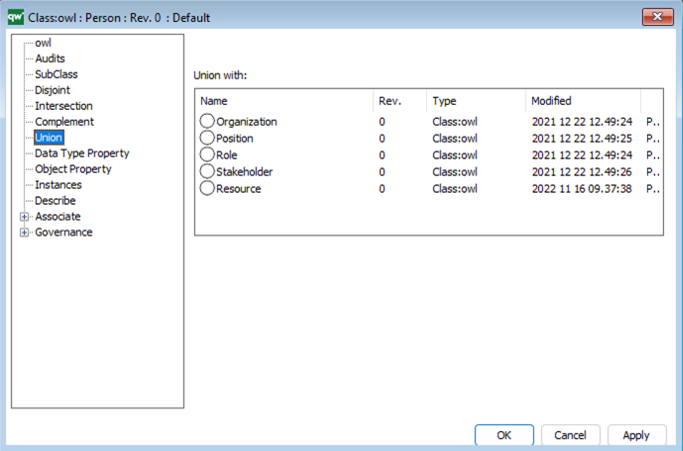
When participating to a union rule, the classes which the class is in Union with are listed here.
This field is synchronized with the diagrams which the class appears in.
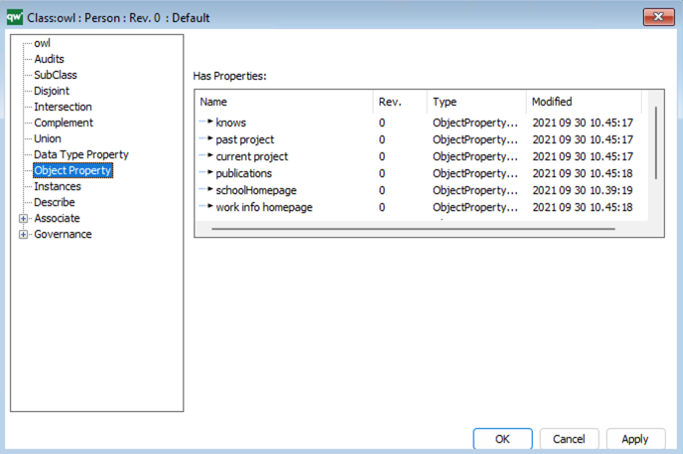
A class has Properties.
This field is synchronized with the diagrams which the class appears in.
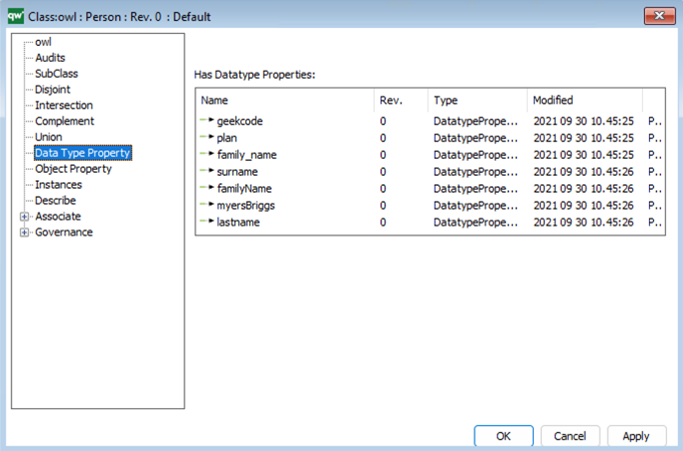
A class has Datatype Properties.
These are the DataTypeProperties which the class is Domain for (source of the relationship).
This field is synchronized with the diagrams which the class appears in.
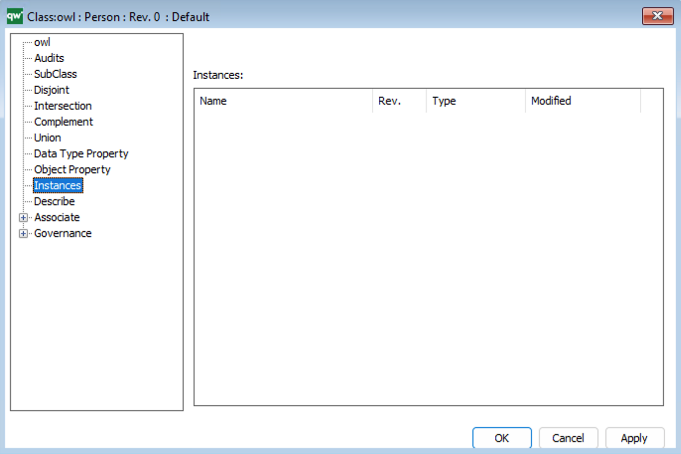
A class has Instances.
These are the declared instances of the class.
What is being done or going on in our enterprise or its ecosystem.
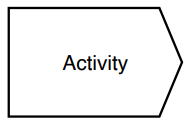
This is a part of the EDGY language.
Purpose: The purpose the Journey Board is to promote an empathetic view of the people we are designing for/with and to share insight and data about people’s lives in a narrative scenario form that co-creators can relate to.
Core concerns: A brand is a symbolic representation of our enterprise and its products. It is designed to communicate our identity (especially how we are different from others) and to invoke a set of expectations in people about our enterprise and our products, particularly in relation to people’s own needs and desires.

The Activity Board is a part of the EDGY language created by the Intersection Group.